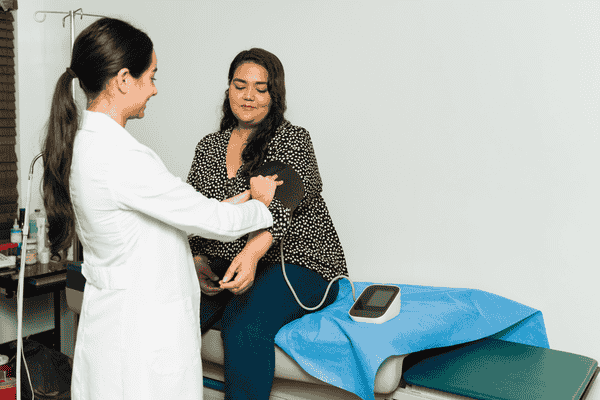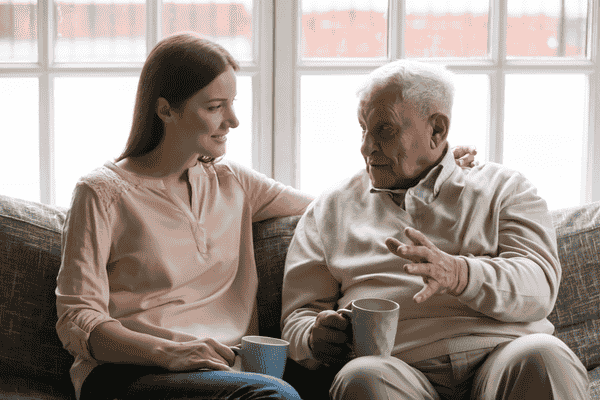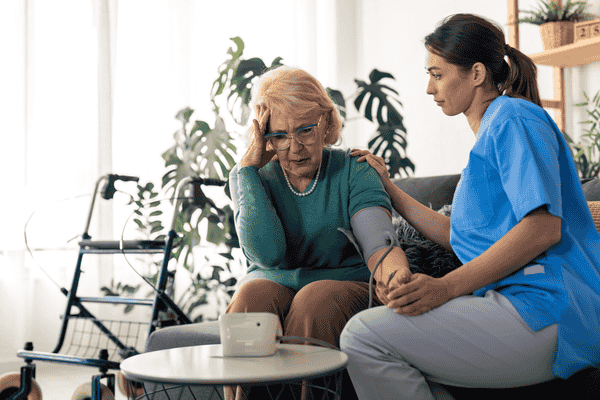Introduction: It was a quiet afternoon when Sarah, a seasoned caregiver, found herself facing one of her worst fears. Mr. Thompson, an elderly man she had been caring for over the past year, suddenly clutched his chest and gasped for air. His usual calm demeanor vanished, replaced by panic and pain. Sarah’s heart raced, but her hands moved with practiced precision. She knew these moments were inevitable in her line of work, yet each one was a test of her resolve, skill, and emotional fortitude to respond to patient emergencies.
In the world of caregiving, emergencies can arise without warning. Whether you’re caring for a family member or a patient, the ability to respond effectively in critical situations can make all the difference. This guide is designed to equip caregivers like Sarah—and perhaps you—with the tools and knowledge needed to navigate emergencies with confidence and care.
Recognizing Medical Emergencies: Sarah’s ability to recognize the signs of a heart attack saved Mr. Thompson’s life that day. Recognizing the different types of medical emergencies is the first step in responding effectively. Caregivers should familiarize themselves with the symptoms of common emergencies such as heart attacks, strokes, respiratory distress, and seizures.
For example, signs of a heart attack include chest pain or discomfort, shortness of breath, nausea, and lightheadedness. A stroke might present with sudden confusion, difficulty speaking, numbness in the face or limbs, particularly on one side of the body, and trouble walking. Respiratory distress often manifests as rapid breathing, wheezing, or a blue tinge to the lips or fingers.
Knowing these signs can mean the difference between life and death. Sarah had learned these symptoms through training, but she also took the time to observe Mr. Thompson’s baseline behavior so she could quickly detect when something was wrong. Every caregiver should develop this keen sense of observation, allowing them to act swiftly when seconds count.
Crafting an Emergency Plan: When the paramedics arrived, they were impressed by how prepared Sarah was. She had a detailed emergency plan in place—a roadmap that guided her every move during those critical first minutes.
An effective emergency plan is essential for every caregiver. Start by gathering important contact information for healthcare providers, emergency services, and family members. Keep this information in an easily accessible location, such as a visible spot in the home or a saved note on your phone.
Additionally, ensure that the plan includes details specific to the patient’s needs. For instance, if the patient has allergies, ensure this information is highlighted and easily accessible to first responders. Regularly update the plan as the patient’s condition or medication changes, and make sure that everyone involved in the patient’s care is familiar with it.
Sarah had also rehearsed her plan. She knew who to call first, what to say, and how to administer basic first aid. Practice is key. In an emergency, panic can cloud judgment, but muscle memory and familiarity with the plan can guide you through.
Protecting the Patient’s Well-Being: In those tense moments before the ambulance arrived, Sarah’s priority was keeping Mr. Thompson calm and safe. She spoke to him in soothing tones, reassuring him that help was on the way. She also made sure he was in a comfortable position, with his head elevated slightly to ease his breathing.
During an emergency, it’s crucial to protect the patient’s well-being. This involves not just physical safety, but also emotional support. Stay calm and composed, even if you feel scared inside. Your calmness will help the patient feel less anxious, which can make a significant difference in their condition.
For physical protection, move the patient away from any immediate dangers, such as sharp objects or hard surfaces, and avoid crowding them. If they are conscious, try to keep them as comfortable as possible without moving them too much, unless absolutely necessary.
Building Resilience Through Preparation: Sarah had faced many challenges in her caregiving career, but none compared to the emotional toll of handling emergencies. Over time, she realized that preparation extended beyond having a plan—it also meant taking care of her own well-being.
Caregivers often work under immense pressure, and the stress of emergencies can lead to burnout or secondary traumatic stress. Recognizing the signs of these conditions is essential for maintaining your own mental and emotional health.
Burnout manifests as physical and emotional exhaustion, a decreased sense of accomplishment, and feelings of cynicism or detachment. Sarah had experienced burnout before. She remembered feeling drained, both physically and emotionally, after a particularly tough month of caring for patients with severe needs. But she had learned to recognize the signs early on, such as her increased irritability and declining motivation.
Secondary traumatic stress, on the other hand, occurs when caregivers absorb the trauma of their patients. It can lead to intrusive thoughts, avoidance behaviors, and heightened anxiety. Sarah knew some caregivers who had nightmares about their patients’ emergencies or felt constantly on edge, as if waiting for the next crisis to happen.
To protect yourself from these effects, it’s vital to engage in regular self-care and stress management practices. Sarah found solace in small daily rituals—short walks in the park, meditation, and spending time with her loved ones. She also connected with other caregivers, sharing stories and advice, which helped her feel less isolated in her experiences.
The Role of Support Systems: Sarah was never truly alone in her caregiving journey. She had a support system that included family, friends, and fellow caregivers. When Mr. Thompson’s emergency occurred, she had her “buddy” Mary on speed dial—another caregiver who could step in or offer advice when needed.
A strong support system is invaluable for caregivers. Developing a buddy system, where you and another caregiver check in on each other regularly, can provide emotional support, share responsibilities, and enhance overall safety during emergencies. It’s comforting to know that someone else understands what you’re going through and can offer help or a listening ear.
In addition to personal networks, caregivers can benefit from professional resources. Organizations like the Substance Abuse and Mental Health Services Administration (SAMHSA) provide education, training, and support for caregivers, focusing on areas like emergency response planning, stress management, and burnout prevention. Accessing these resources can make a significant difference in how well you manage emergencies and take care of yourself in the process.
After the Emergency: Reflection and Recovery: Once Mr. Thompson was safely in the hospital, Sarah took a moment to breathe. The adrenaline had kept her going, but now that the immediate crisis was over, she felt the weight of the experience. She knew it was important to reflect on what had happened, both to learn from it and to give herself time to recover.
After an emergency, caregivers should take time to debrief. Reflecting on the situation can help you identify what went well and what could be improved in your response. It’s also a time to acknowledge your emotions—whether relief, guilt, or sadness—and to process them in a healthy way.
It’s equally important to reconnect with your personal life after such intense moments. Balancing family and work can be challenging, especially when caregiving is your profession. Sarah made it a point to spend time with her children after particularly tough days. It helped her regain a sense of normalcy and reminded her of the other parts of her life that were just as important.
Setting clear boundaries between work and personal time is crucial. It allows you to recharge and prevents the emotional spillover that can occur when you’re constantly on high alert. Delegate tasks where possible and don’t hesitate to ask for help from your support network.
Conclusion: The day Mr. Thompson had his heart attack was a turning point for Sarah. It reminded her of the unpredictable nature of caregiving, but also of her strength and resilience. She knew that every emergency was a test—not just of her skills, but of her ability to stay calm, focused, and compassionate.
For caregivers everywhere, emergencies are an inevitable part of the job. But with preparation, knowledge, and a strong support system, you can face these challenges with confidence. Remember, your well-being is just as important as the care you provide. By taking care of yourself, you ensure that you can continue to care for others—no matter what emergencies may arise.













